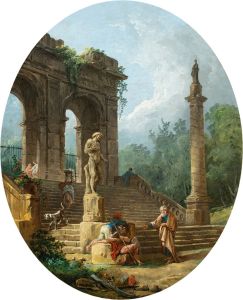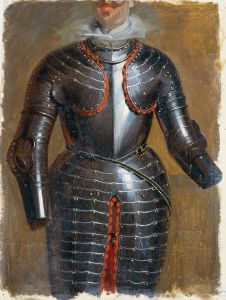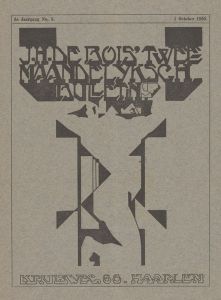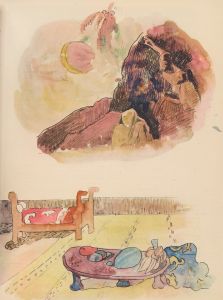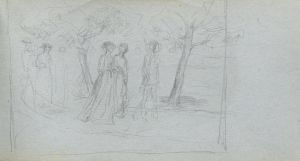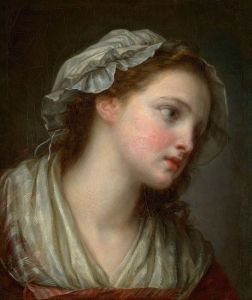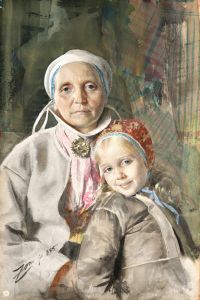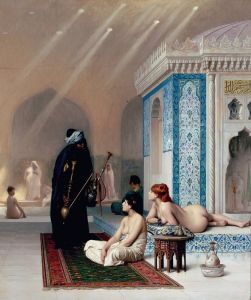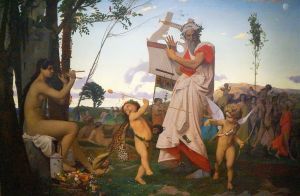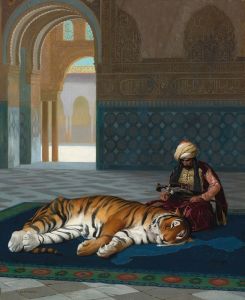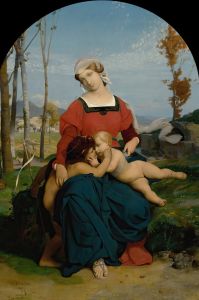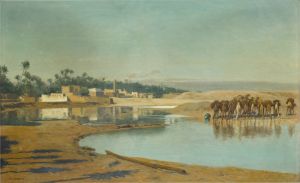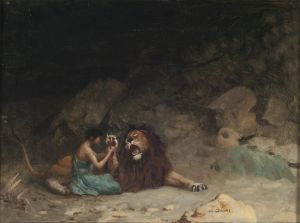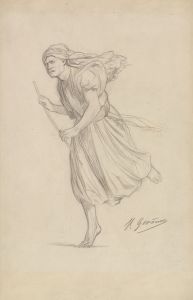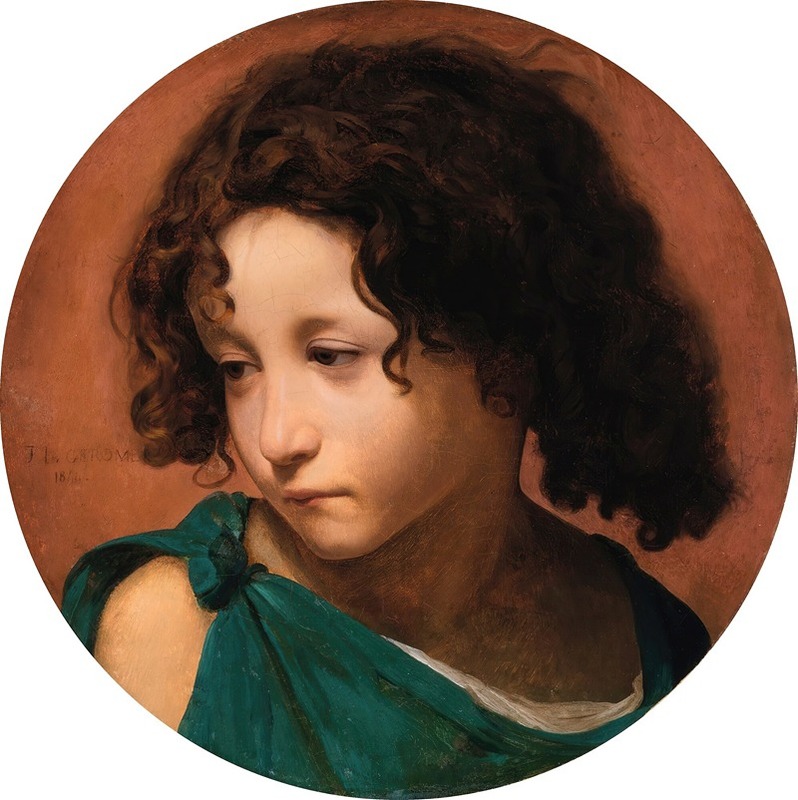
Portrait D’enfant
A hand-painted replica of Jean-Léon Gérôme’s masterpiece Portrait D’enfant, meticulously crafted by professional artists to capture the true essence of the original. Each piece is created with museum-quality canvas and rare mineral pigments, carefully painted by experienced artists with delicate brushstrokes and rich, layered colors to perfectly recreate the texture of the original artwork. Unlike machine-printed reproductions, this hand-painted version brings the painting to life, infused with the artist’s emotions and skill in every stroke. Whether for personal collection or home decoration, it instantly elevates the artistic atmosphere of any space.
Jean-Léon Gérôme was a prominent 19th-century French painter and sculptor, known for his academic style and his contributions to Orientalism. His works often depicted historical scenes, mythological themes, and portraits, characterized by their meticulous detail and vibrant colors. Among his extensive oeuvre, "Portrait d’Enfant" is one of his lesser-known works, and unfortunately, there is limited information available specifically about this painting.
Gérôme was born on May 11, 1824, in Vesoul, France. He studied under Paul Delaroche, a well-known painter of the time, and later attended the École des Beaux-Arts in Paris. Gérôme's career took off after he exhibited "The Cock Fight" at the Salon of 1847, which was well-received and established him as a significant figure in the art world.
Throughout his career, Gérôme was associated with the academic art movement, which emphasized traditional techniques and subjects. He was a master of precise detail and often incorporated elements of realism into his works. His paintings were celebrated for their technical skill and often featured exotic and historical subjects, reflecting the 19th-century European fascination with the Orient and antiquity.
"Portrait d’Enfant" translates to "Portrait of a Child" in English. While specific details about this painting are scarce, it can be inferred that the work likely showcases Gérôme's skill in capturing the likeness and personality of his subjects. Portraiture was a significant aspect of Gérôme's work, and he was known for his ability to render human figures with lifelike precision and emotional depth.
Gérôme's portraits often went beyond mere representation, capturing the essence of the sitter and conveying a sense of their character. His attention to detail, use of color, and understanding of light and shadow contributed to the lifelike quality of his portraits. Although "Portrait d’Enfant" is not as widely discussed as some of his other works, it likely reflects these qualities.
In addition to his painting, Gérôme was also a respected teacher. He taught at the École des Beaux-Arts and influenced a generation of artists. His emphasis on technical skill and adherence to classical traditions left a lasting impact on the art world.
Gérôme's legacy is marked by his contributions to both painting and sculpture, as well as his role in the academic art movement. He passed away on January 10, 1904, in Paris, leaving behind a rich body of work that continues to be studied and appreciated for its artistic merit.
While "Portrait d’Enfant" may not be as well-documented as some of Gérôme's other paintings, it remains a testament to his skill as a portraitist and his ability to capture the human spirit on canvas.





